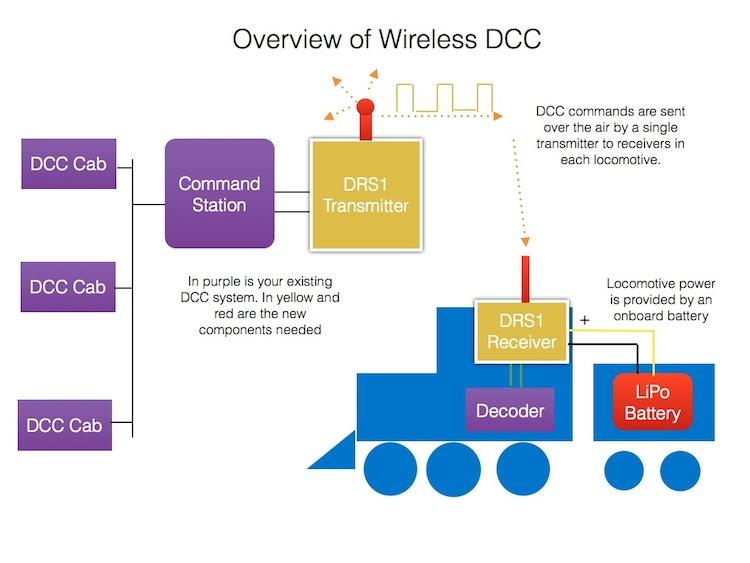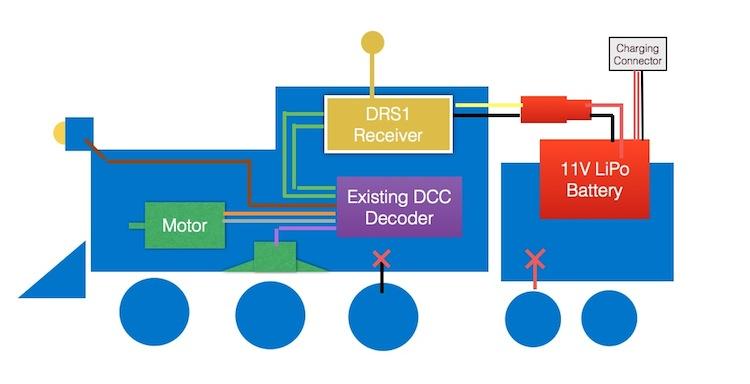I think today people still have a romantic notion of futurist technology. There is still something about our never-ending desire for new stuff and new technology that always leaves behind sound, quality methods of practice. I think hand drawing is one of those methods that often gets overlooked in favor of the zippy-zoominess of computer drafting and modeling. This is as true in model railroading as it is in professional life.
With so many good track planning applications out there now, it is hard to resist the lure of technology in the layout designing process, but I believe that it should only be used where appropriate. And the appropriate time to use a rigid, neat and clean method is not at the beginning of design work, but rather after the idea has had a chance to be messy.


My own process includes many iterations on butter paper (also known as trash paper, trace paper, etc.)to get basic ideas and possible development paths out of my head and into a space where I can start to critically assess and work with multiple ideas. Having a semi-transparent paper helps tremendously as you can overlay a clean sheet over a previous idea and make minor changes or riffs off of that idea quickly. This very loose, preliminary programming (what are the different elements I will want to incorporate in the plan) is a time to get everything you can on paper to actually see what the possibilities are. I can't emphasize enough the importance of making your ideas visible in order to make significant and smart progress on any design.
After an initial brain dump onto paper, I will go back and cull good ideas and begin to work with them by adding, subtracting or combining ideas until I have one or two satisfying designs, then I move to a design development plan of sorts where I am trying to capture what a design would do with measured, real constraints and dimensions. This is still on paper, but it becomes a more careful rendering of ideas. In order to do this, I create a little template to use while drawing.
I make the template specifically for each layout. The one shown above is for my Hoboken Shore layout and is made from a scrap of chipboard (thin cardboard). I got this idea from Andy Sperandeo (I think it was a track planning supplement to Model Railroad Planning one year?).
*Addendum: I found where I saw Andy's presentation of the template idea: Workshop
Tips, Introduction to Track Planning, pg 11. This was one of their short
supplement publications to MR at some point (no date, but there is a
number on the cover, which is probably their identification number:
618147).* It includes a minimum radius, 50' box car scale, a turnout and track center scale. These are all dependent on what your layout established layout standards are going to be.
On the HBS, I am going to only use no.4 turnouts (on the HBS portion, but I'll have no. 6s in the Erie section) and I wanted to have an 18"
maximum radius (if 18" works, I know 15" minimum will work in select areas if desired). The 50' box car will be my standard
maximum length car (most will probably be 40'), and with the scale I will be able to ensure proper length of spurs for how many spots I want to have. Track centers become important in yards, and I figure a 2-1/2" spacing is workable with the amount of traffic and space I have.
This template is what I used on the
current hand drawn plan so that I have a reasonable level of comfort that it will work. At this stage, everything is pretty well worked out in terms of desires, constraints and fit. Now it is time to appropriately move to the computer where precision comes into play as a means to make certain it works, and to make finer detail adjustments. If I went to the computer any sooner, it would become more difficult to try variations of any sort of magnitude because of the time devoted to precision with the computer as a tool.
Once I get the layout "into the computer", I will be able to not only get a precise plan, but I'll also be able to generate a list of track needed to accomplish it, the ability to print out full size templates if desired, and a nicely finished representation of what I am going to build. The operative word is
finished, which is not the type of thing you need at the beginning of a design process. (Actually I believe any plan, including a finished one, is merely a starting point for change, and changing something in the field once you are working at full scale is perfectly acceptable and encouraged by me.)
So put down the mouse and pick up a no.2 thinking stick the next time you are going to start a track design. Your plan will be better for directness and immediacy of graphite smeared around some tracing paper.
This post was inspired by Tony Thompson's recent post on keeping a modeling journal, which is an excellent idea, and should come before you even get out the tracing paper!





